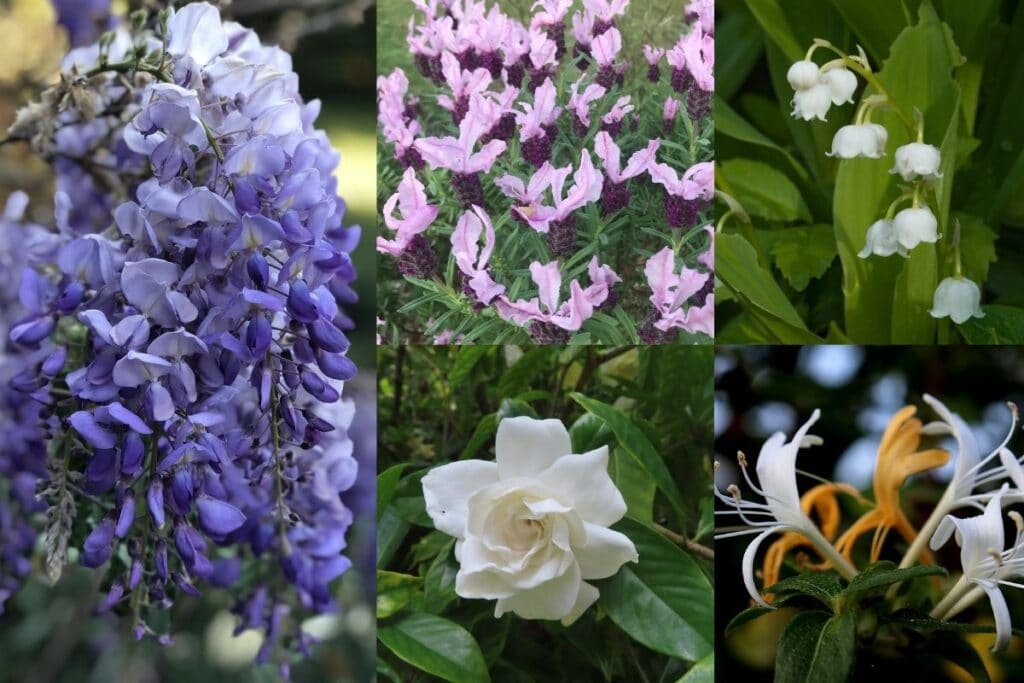When it comes to flowers, their fragrance is one of the most sought-after attributes—along with beautiful blooms, that is.
Choosing the right fragrant flowering plants for your home is primarily based on personal preference, but there are some flowers that will grow better than others depending on your region and planting conditions.
Walking through your flower garden and taking some time to smell the roses—whether that be metaphorically or literally—can be therapeutic and easily obtained with the right resources.
There are plenty of options to choose from when planting flowers, and some are more fragrant than others. Most people have their favorite flower scent, but there may be others that are worth giving a try.
Depending on your region and planting conditions, you may encounter some limitations, but don’t worry, there will still be plenty of options to choose from.
Here are the best fragrant flowers to plant that smell good:
#1. Gardenia
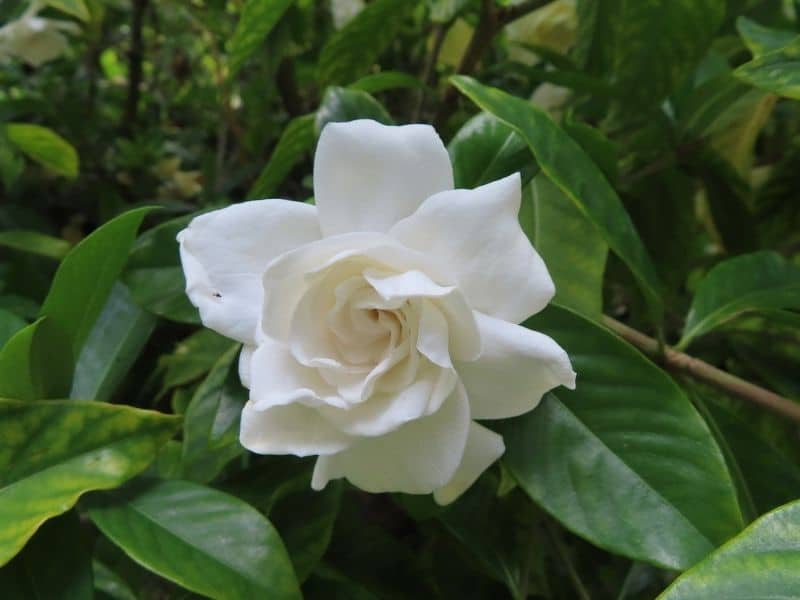
Gardenia flowers consistently find themselves at the top of the list when it comes to most fragrant flowers. Their scent is said to be strong—while not overpowering—and pleasing to the senses.
Gardenia is a popular choice among many gardeners and can often be found at weddings and high-class events for its alluring scent and beautiful white flowers. Although highly sought-after, this flowering shrub is said to be a challenge to grow and requires a lot of attention.
Gardenia plants are evergreen shrubs and grow best in higher-heat locations. Their USDA hardiness zones are six through eleven, but they are subtropical plants and will do best in these climate types.
The gardenia is considered a perennial within its hardiness zones, and can be grown as an annual or in a container in cooler zones.
Full sun is preferred by the gardenia, but it can tolerate a partially-shaded location as well—especially in warmer climates. High humidity is required for the gardenia to thrive, so if you are not in a humid climate you may need to lightly spray your plants with water daily.
#2. Roses
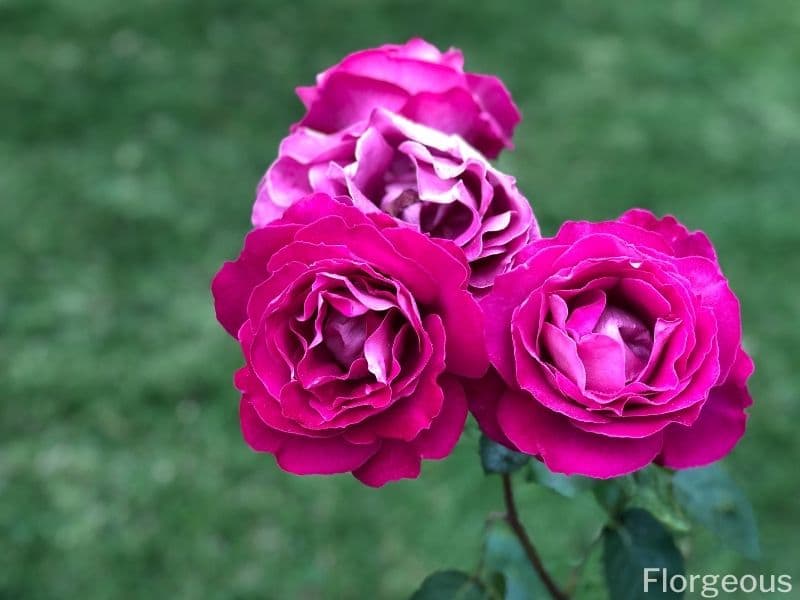
When people think about scent flowers, roses are probably one of the first ones to come to mind. Although most roses are fragrant, some are better than others when comparing scents.
Some of the most popular choices for their fragrance are Double Delight, Honey Perfume, Elle, and Midas Touch. Roses are a popular choice for gardens and landscaping and can be found in nearly any grocery store—particularly around Valentine’s Day.
The nice thing about roses—besides their lovely fragrance—is that there are so many different varieties available. There is bound to be a type that grows well in your region.
When choosing a rose bush to grow, some quick research can help you determine which varieties will grow best in your climate.
Most rose bushes require at least six hours of sunlight a day, making a full-sun location ideal. Some varieties will require some shade, but the blooms still need sunlight to bloom, so partially-shaded is best in these circumstances.
Rose bushes are notorious for being difficult to grow, but with the right knowledge and resources, you’ll have your rose garden blooming in no time.
#3. Honeysuckle
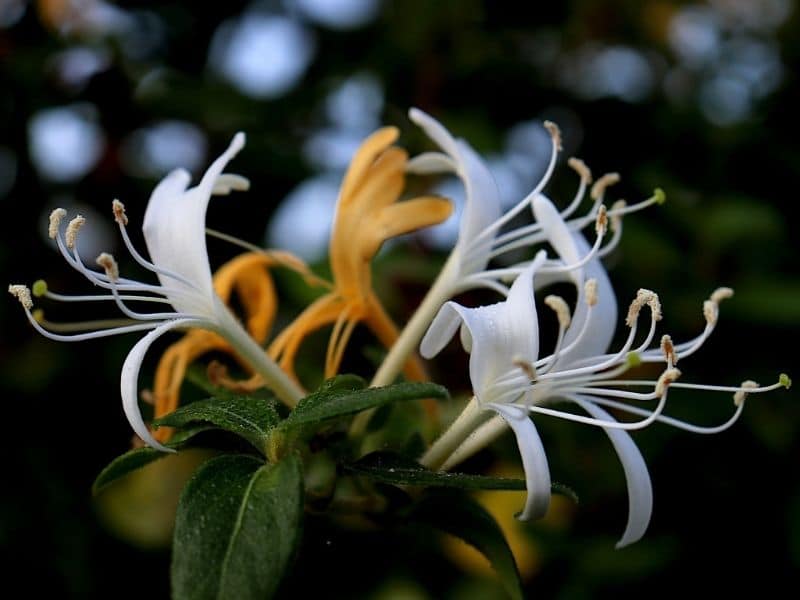
For many, the honeysuckle scent is immediately recognizable. The sweet fragrance that these flowers emit is used in many different household scents and is often imitated.
The honeysuckle flowers are also a beautiful addition to any garden, and are known for drawing in butterflies, hummingbirds, and other wildlife.
Honeysuckle is another flower that has a lot of varieties to choose from—more than 180. There are vine and shrub varieties, and some are deciduous while others are evergreen depending on your location.
One of the nice things about honeysuckle is that it can be grown almost anywhere within the United States. Thanks to the versatility of the honeysuckle, it is an easy plant to care for and grow, helping it become a popular choice among many household gardeners.
Most honeysuckle varieties do best in full-sun, but they can tolerate partial-shade as long as they are getting good sun exposure in the mornings.
Vining honeysuckle will require a trellis or other support to grow. The shrub varieties can be pruned into attractive landscaping, and some varieties can be trained as ground cover.
#4. Wisteria
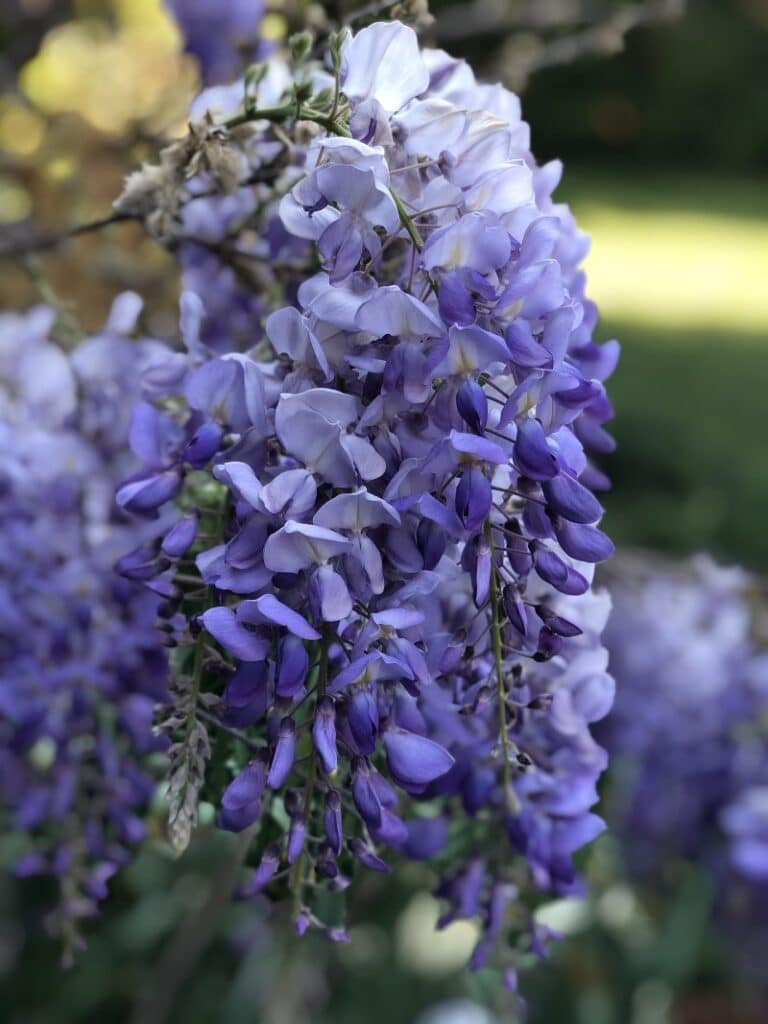
Wisteria is a vining plant that is known for its aggressive growth and cascading flowers, making it a popular choice for growing over archways and pergolas. The fragrance of wisteria is beautifully sweet and fairly strong due to the large number of blooms that form on each plant.
The wisteria vines are hardy in USDA hardiness zones four through nine and are considered fragrant perennials in these zones. When cared for properly, the wisteria plant can live a long and healthy life.
There are some documented cases of wisteria plants living to be over 100 years old in botanical gardens. Although your plants may not live quite this long, you are sure to get a good life out of them.
When choosing a location for your wisteria, either a full-sun or a partial-shade option are fine choices. Full sun will encourage faster growth, but a partially shaded area will add some protection in brutal heat conditions.
Wisteria plants should be monitored for their growth because of how aggressively they will grow— climbing on anything and everything within reach.
#5. Lavender
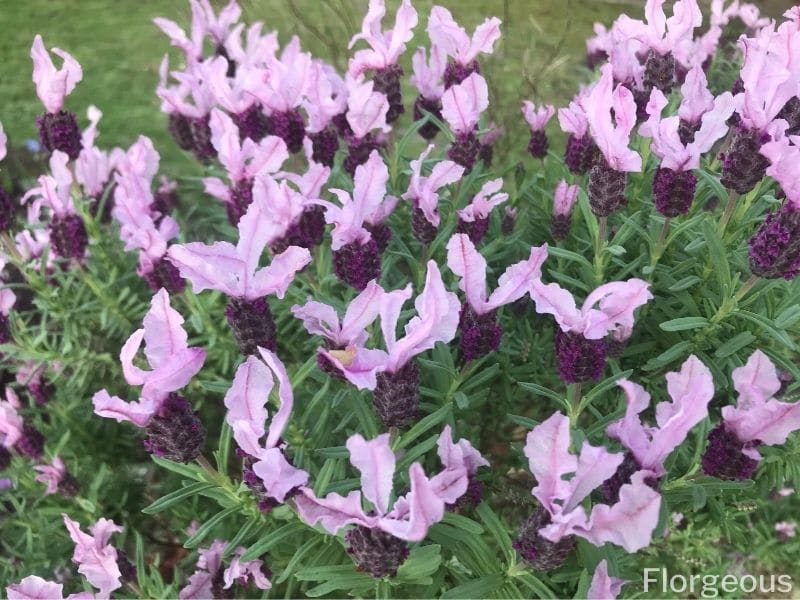
When it comes to the best smelling flowers, lavender is another classic scent that almost anyone would recognize. Growing lavender is a popular choice among many not only for its wonderful fragrance, but also due to its simple growing needs.
Lavender plants, although planted in gardens by many, are often grown in containers and kept as house plants.
If you plant your lavender in your garden or in flower beds, they fall within the USDA hardiness zones five through eight and will be perennials in these locations.
If you do not live in one of these zones, you can always plant lavender as an annual, or keep it in a container and bring it inside during winter months.
Most lavender plants will do best in full-sun exposure, and they prefer hot and dry locations. Overwatering your lavender plants is a common problem that is easily avoidable—just don’t water them as often as your other plants.
In humid climates, your lavender will not live as long, and you may not get a high number of blooms.
#6. Sweet Alyssum
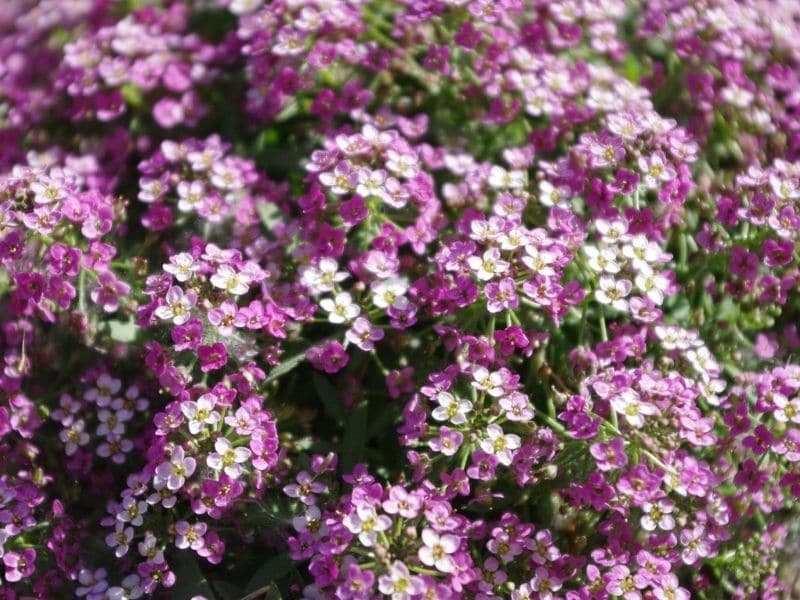
Sweet alyssum is a low-growing foliage that is often used as a ground cover. The flowers that grow produce a sweet fragrance that is amplified by the high number of flowers that can bloom—under the right conditions, that is.
Sweet alyssum flowers are known for attracting butterflies, hummingbirds, and pollinators, making them a fun addition to your landscaping.
The sweet alyssum is often planted as an annual and is considered a hardy annual in USDA hardiness zones one through eight. In zones nine through eleven, the sweet alyssum can be grown as a short-lived perennial.
In any climate zone, the sweet alyssum is a relatively easy plant to care for, and it holds a high reward for its low care needs.
A full-sun location is best for your sweet alyssum—you will achieve the highest number of blooms in this scenario.
Many choose to plant their sweet alyssum in a hanging basket or porch container. In these situations, some shade may help to keep the plant from drying out too quickly.
#7. Lilac
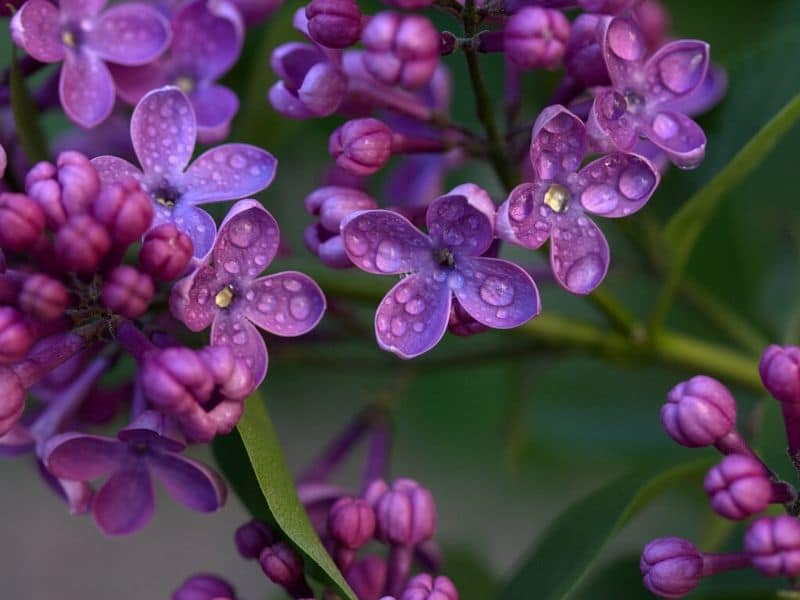
If you’ve never smelled a lilac bush, you are missing out! The lilac is another flower that has an unforgettable fragrance. Lilac bushes are deciduous and can grow anywhere from six to sixteen feet tall and eight to twelve feet wide, so make sure you plant them with adequate space to grow.
There are a few different varieties of lilac bushes, and some are more fragrant than others; syringa vulgaris is said to be the most fragrant variety.
Lilac bushes don’t do well in high heat, and they do best in hardiness zones three through seven. Since these bushes are deciduous, they do best in regions that experience cool fall temperatures and cold winter months where they can go dormant.
The lilac is a perennial plant and can live a long life if cared for properly. A full-sun location is preferable for the lilac bush, as it needs the boost from the sun’s rays to bloom its flowers.
Pruning is also of high importance when it comes to caring for your lilac bush. Not only will pruning keep the plant looking neat, but it improves air circulation throughout the foliage, helping to prevent mildew diseases which the lilac is prone to.
#8. Hyacinth
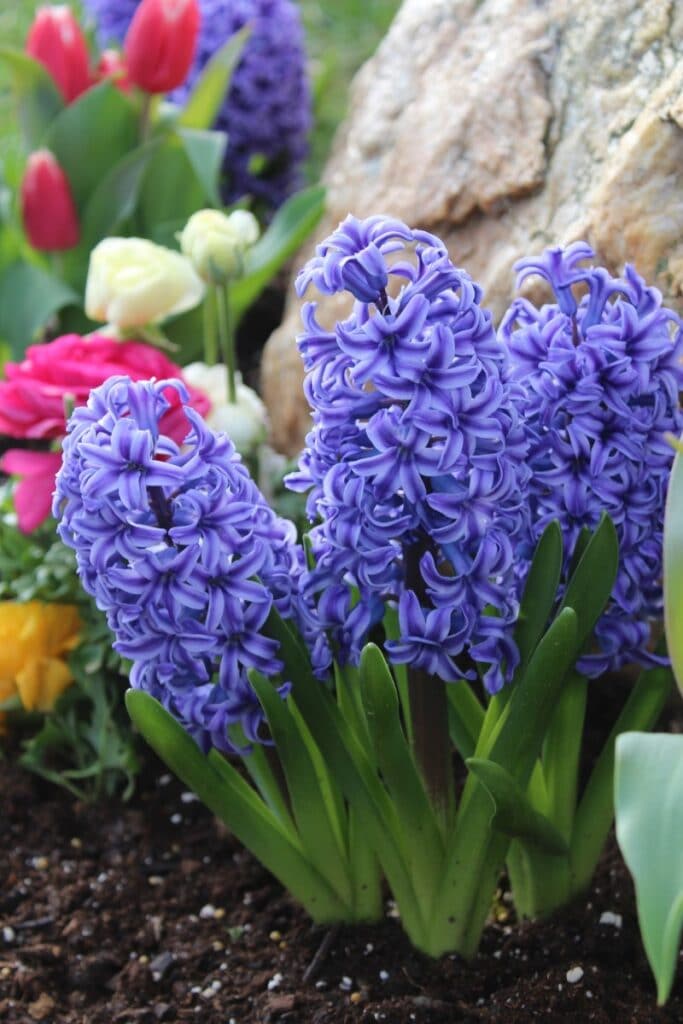
Hyacinth flowers are a great choice for lining walkways or for flower gardens due to their small size. These flowers may be small, but they boast beautiful fragrance and vibrantly-colored flowers that bloom in the spring.
The hyacinth is also said to be one of the easiest bulb flowers to grow, making it easy to plant multiples with little effort.
Although easy to care for, the hyacinth flowers are a little bit picky when it comes to hardiness zones. These flowers will do best in zones five through seven, but they claim to be hardy in zones three through nine.
Planting in zones three and four may require some winter protection to ensure they come back the following year, and planting in zones six through nine may require pre-chilling in the fall (refrigerating the bulbs to imitate winter).
Planting your hyacinth flowers in a full-sun location is ideal for the flowers, but a lightly-shaded area should also be fine.
Planting these flowers in large clusters will yield the best results, as the individual plants are relatively small on their own. Planting in groups will create the appearance of a large plant, which may look best for your landscaping.
#9. Lily of the Valley
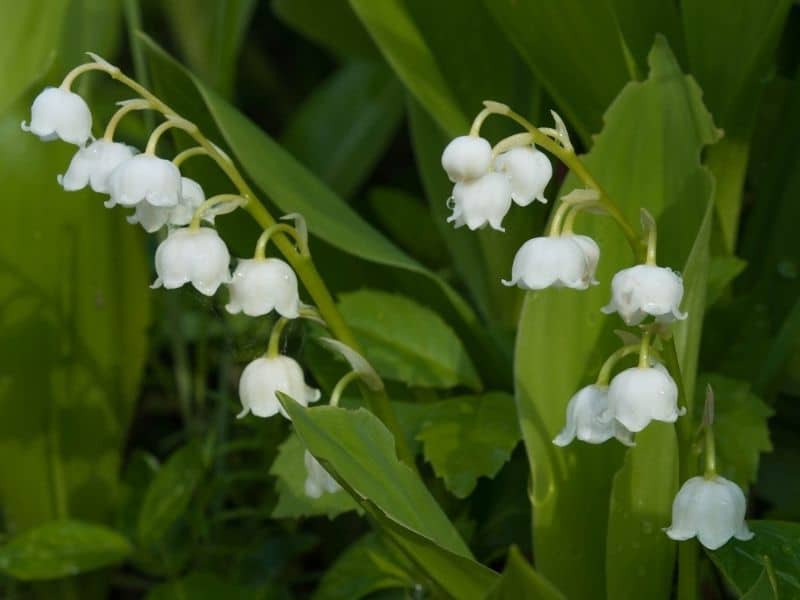
Lily of the valley flowers are some of the most fragrant blooming flowers that appear in spring and early summer months.
The flowers that grow on lily of the valley are small, white, and bell-shaped and produce a sweet scent that is often compared to a perfume—although the flowers came first, of course.
The lily of the valley plant grows well in a majority of the United States, specifically USDA hardiness zones two through nine. These flowers are also a perennial, so when cared for properly, you can expect to see them come back year after year.
Seeing your lily of the valley flowers start to pop back up is a welcomed sign that spring is here.
Partially-shaded locations and moist soil are ideal for the lily of the valley plant. If you don’t have a location that has some shade and wet soil, don’t worry, the lily of the valley is known for its adaptability.
These flowers have been known to adapt to both full-sun and full-shade locations, making it one of the best fragrant shade plants you can grow, and they can also adapt to dryer soil as well.
#10. Jasmine
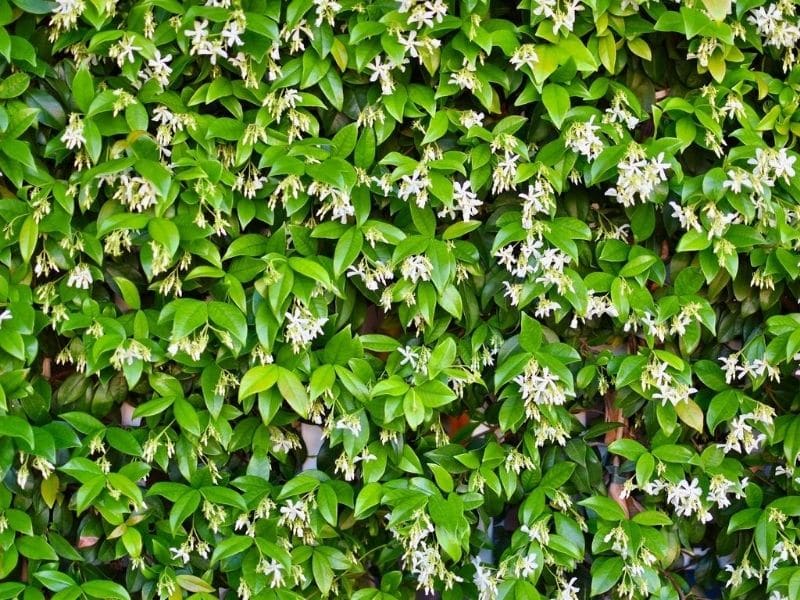
Jasmine flowers are known for their sweet tropical fragrance and dainty white flowers that smell good. These small white flowers are also known for their ability to draw in pollinators such as bees—a welcomed sight for flower gardeners.
Jasmine can be grown in your garden or flower beds, but it is also a common choice for hanging baskets and containers.
Ideally, zones six through ten are where jasmine flowers should be planted, although some claim to plant them in zone five with shorter blooming windows. In the right climate, your jasmine flowers will bloom all season long, providing wonderful fragrances the entire time.
Jasmine flowers can be planted in either a full-sun or partially-shaded area. There isn’t much evidence to say one location is better than the other, so we’ll leave that up to personal preference.
Jasmine plants have a large root system and will need to be planted at least eight feet apart to ensure there is enough room for the roots to grow and spread out properly.
Things to Consider When Planting Flowers
When choosing flowers for your garden or flower beds, there are a few aspects to take into consideration—besides which ones have the best fragrances. You may have some regional restrictions, or possibly some restrictions based on where you are wanting to plant your flowers.
You may also want to take into account the amount of work you are willing to put into your flower, as they range from daily care requirements to plant-them-and-leave-them.
Region
Your regional location may be one of the first things you want to take into consideration when deciding on which flowers to plant in your garden. A quick look at a USDA hardiness zone map will tell you which zone you are in, and you can choose your flowers accordingly.
If there is a particular flower you are wanting to grow that does not fall within your hardiness zone, do some research on other varieties of the same flower, as others may exist.
Many flower hybrids have been created for the purpose of widening their range of hardiness—so don’t give up just yet. You could also consider planting the flower in a container that comes inside during the months it cannot be outside.
Sun Exposure
Sun exposure is another highly important aspect to consider when planting flowers. Most flowering plants will require at least six hours of sunlight to produce their blooms, although there are some exceptions.
Some flowering plants will also tolerate a partially-shaded location. Partial shade can actually be beneficial to certain plants in locations with extreme heat, as it can guard against heat-related diseases and wilting.
If you have a particular area in mind for your garden, or a certain area that needs landscaping, pay attention to the sunlight that it receives and choose flowers accordingly.
If the area does not receive much sunlight, you may still have some very fragrant flowering options; a little research beforehand will help you determine your best options.
Effort
Although sometimes overlooked, it is a good idea to take a plant’s care needs into account before making a selection. Not all flowers are created equally when it comes to their needs, and some are going to give you a run for your money
If you are dedicated to a particular flower, the care needs may not be important to you as long as you are prepared for daily care—or whatever level of care is needed for your particular flower.
If you are wanting some nice flowers for a hands-off landscaping project, you may want to look for flowers that are fairly self-sufficient. There are plenty of fragrant flower options that may only need the occasional watering, or no watering at all if you are getting enough rainfall.
Tips for Planting Flowers
When it comes to planting common garden flowers, there is really no wrong way of doing it—assuming all basic care needs are being met. There are a few tips to help in your flower-planting endeavors though!
Plant in Clusters
Particularly when landscaping an area around your home, planting your flowers in clusters can bring a clean and professional look to your landscaping. Many flowering shrubs come with recommendations to plant in groups of three.
Large flowering bushes do well in groups that line the edge of a property—similarly to hedges. Single flowers that grow from a bulb do well in larger clusters to fill in space since only one flower may grow from each bulb.
There are additional benefits to growing flowers in groups besides looks. Flowers that are planted together can benefit from one another by adding pollination and crowding out harmful weeds.
Weed Barrier
Another tip for planting flowers is to lay a weed barrier that prevents weeds from growing through to the surface but lets water come through. There are a few different weed-resistant fabrics to choose from, but they all have similar attributes.
When using a weed fabric, lay the fabric over the entire garden area and poke holes where you are going to plant your flowers.
Keeping the opening as small as possible will be the most effective at keeping weeds out. Once planted, you can cover the fabric with mulch or rocks to complete the landscaping.
Work the Soil
Finally, loosening the soil before you plant will give your flowers the best chance at thriving. By working the soil beforehand, you can provide more nutrients for the flowers and give the roots a better environment to grow in.
There are benefits to working organic compost and fertilizers into your soil as well. Although you may not want to add too many additional nutrients to your soil, simple organic fertilizers can provide just enough nutrients for your plants to benefit while not being overwhelming to the plants.

